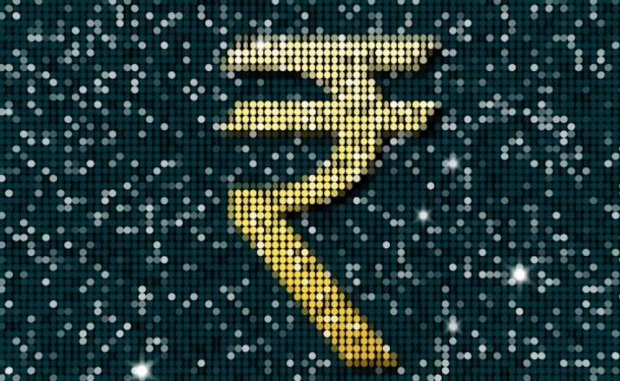A Year After Demonetization, Cash Still King In India

Since demonetization last year, Indian government and regulatory authorities have worked hard to push digital payment methods. But Indian citizens are not quite cooperating just yet and continue to prefer cash for most routine transactions.
And that is a challenge — both for local digital payments businesses like (Alibaba-funded) Paytm and for American firms like Facebook, Google and PayPal that are trying to crack the market.
“Cash is convenient,” said Caesar Sengupta, who oversees Google’s products for emerging markets, to The New York Times. “It’s anonymous. You can use it everywhere.”
But consumers can turn on cash remarkably quickly — China is a key case in point. Five years ago, China was also a nearly entirely cash-dominated economy — today, China is so mobile-dominated by the ubiquitous WeChat and Alipay services that navigating the nation on cash alone can be challenging at this point.
“In India, we’re going to see a similar rise,” Mr. Sengupta said in November, shortly after Google introduced Tez, a payments app for India.
A rise that they say is already underway — the value of digital wallet transactions rose 64 percent between December 2016 and December 2017. The number of transactions moving over the Unified Payments Interface, a government-backed technology used by Tez and many other mobile apps, went from almost nothing a year ago to $2.1 billion last month.
Paytm — headed by Vijay Shekhar Sharma — is at the head of this mobile movement wave. Paytm is India’s largest consumer-payments app with 302 million account holders and 90 million active users. Paytm allows users to shop, buy tickets, book rides and send money back and forth. The system relies on barcode scans.
“Our truest ambition is for Paytm to be known as the bank for this new-age, digital, mobile world,” Sharma said in an interview at the company’s headquarters in Noida.
As of today, only about 1/3 of India’s 1.3 billion citizens have internet access — and of those, only about 14 percent make mobile payments at least once a week, according to Kantar, a London-based research firm. The hold-up for residents, according to resident The Times spoke to, is often security. Merchants are also often concerned that the enhanced tracking digital payments allow will eventually be turned toward collecting more taxes.
But the challenge in India, when it comes to payments, looms large — and though Paytm is growing rapidly, there are prominent questions as to whether it can sustain its growth, particularly as competition in the space becomes more pressing and acute. Also, there are regulations coming soon that will enhance the need for customer verification and may turn off some customers.
But Paytm is committed and investing heavily to bring in consumers with incentives such as giving cash back on certain purchases and free credit card processing for merchants.
Mr. Sharma said such expenses are necessary investments.
“The only way to grow digital transactions is to make them free,” he said. “This is a culturally different country being built.”
